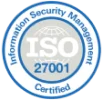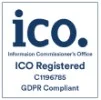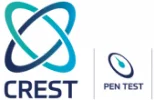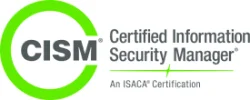When should you conduct web application testing?
Test early and test often’ - advice from (OWASP)
This is advice from the Open Web Application Security Project (OWASP) regarding
software security testing, and businesses across all industries should do so.
This is advice from the Open Web Application Security Project (OWASP) regarding
software security testing, and businesses across all industries should do so.
This advice underscores the importance of integrating web app testing throughout the software development lifecycle. By testing early and frequently, developers and security teams can identify and address security vulnerabilities and issues as they arise rather than waiting until the end of the development process.
The idea behind this advice is to catch and remediate security flaws as soon as possible, reducing the cost and effort required to fix them later in the development cycle. It also helps ensure that security is not just an afterthought but an integral part of the development process. Some industries, such as e-commerce, banking & finance, make security testing mandatory. Businesses in these industries must perform regular tests to comply with laws and regulations and protect user information.
It takes an average of 192 days for companies to identify a breach in their systems, and often, the damage has already been done. Businesses should, therefore, conduct comprehensive tests periodically to avoid costly infiltration of their networks.
Read More +
Read Less -














































 310 reviews on
310 reviews on 




















